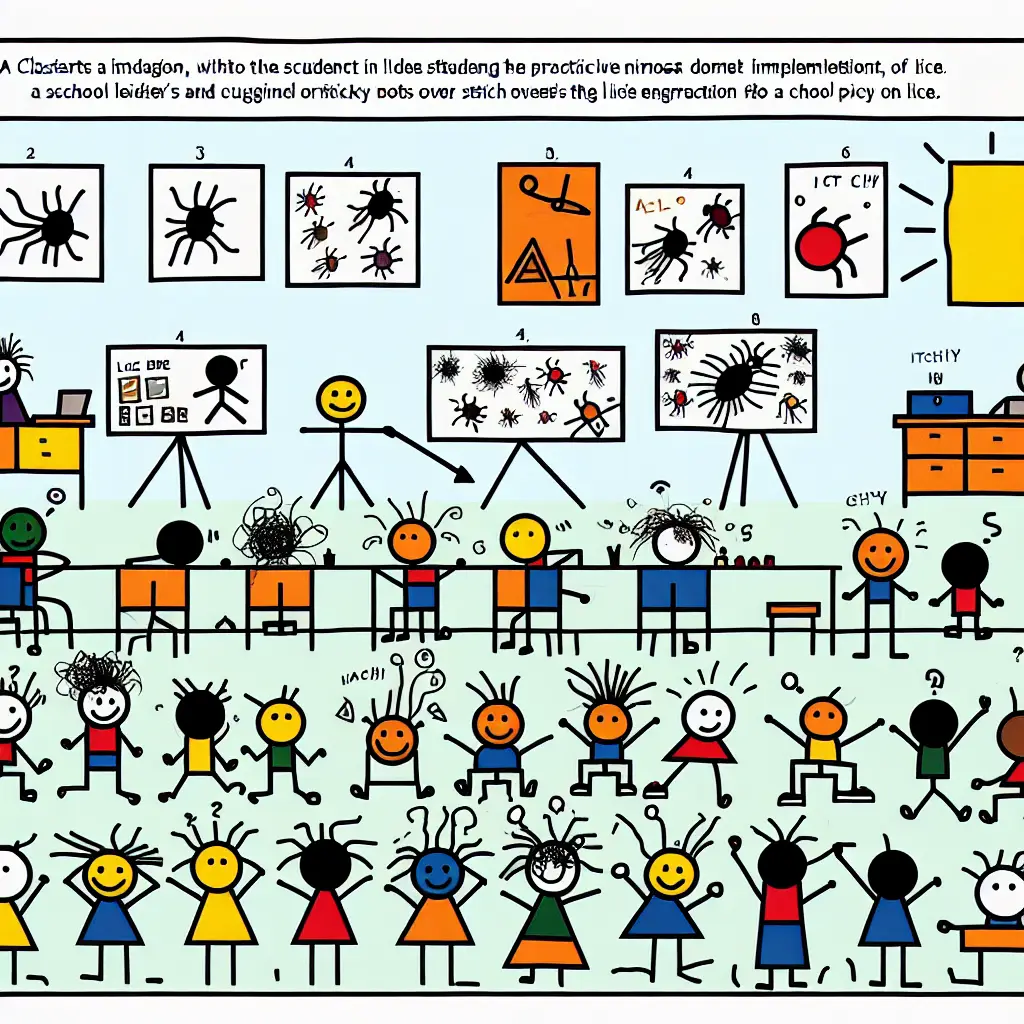Leniency on lice in schools meets reality

Explain Like I'm 5
Imagine you have a tiny bug friend who loves to play hide and seek in your hair. Now, this little bug, called a louse, is super tiny and really likes to stay close to your head. It doesn’t fly or jump like superheroes; it just crawls around. Now, some schools are thinking, "Hmm, these little bugs aren’t really hurting anyone since they don’t make you sick, so maybe it’s okay if kids with these bugs still come to school." But, a lot of parents and teachers are scratching their heads, wondering if that’s a good idea because these little bugs can spread to other kids pretty easily when they play or share hats. So, everyone's trying to figure out the best way to handle this without missing out on school fun.
Explain Like I'm 10
Lice are these teeny tiny bugs that like to live in human hair. They're famous for making people itchy, but they don't actually make you sick because they don't carry diseases. Now, schools have rules about a lot of things to keep kids safe and healthy, and one of those rules used to be that if you have lice, you can't come to school. This is to stop lice from turning into a big, itchy party in everyone’s hair.
But now, some schools are thinking about changing these rules. They're saying, "Hey, lice aren't as dangerous as we thought, so maybe kids with lice should still be allowed to come to school." This idea sounds simple, but it's causing quite a stir. Parents and teachers are worried that if kids with lice keep coming to school, then lots of other kids might get lice too. It's a tricky situation because no one wants to see a child miss school, but at the same time, no one wants an itchy head!
Explain Like I'm 15
Lice are small parasitic insects that make their homes in human hair. They're a nuisance, sure, but importantly, they don't pose serious health risks because they don't transmit diseases. Historically, the presence of lice in a student’s hair at school triggered a direct response: send them home to avoid spreading lice to other students. This approach aligns with a broader public health strategy to contain and eliminate problems quickly.
However, recent discussions in some school districts are shifting towards a more lenient policy, suggesting that because lice aren’t dangerous, kids with lice should still be allowed to attend classes. This change is driven by the understanding that missing school can negatively impact a child's education and social development. The debate, however, brings up valid concerns about the practicality of such policies. Parents and educators argue that while lice might not be harmful, their high contagion rate could lead to widespread infestations, causing discomfort and possibly stigma among students.
This issue isn't just about lice; it’s about how we balance public health priorities with educational needs and social fairness. If schools decide to be lenient about lice, they'll need to implement strong preventative measures and clear guidelines to manage these infestations effectively. The broader implications involve assessing how health policies affect children's right to education and how we prioritize different aspects of public health and social welfare. This ongoing debate will likely continue to evolve as communities search for the most sensible approach.
Want to read the original story?
View Original Source